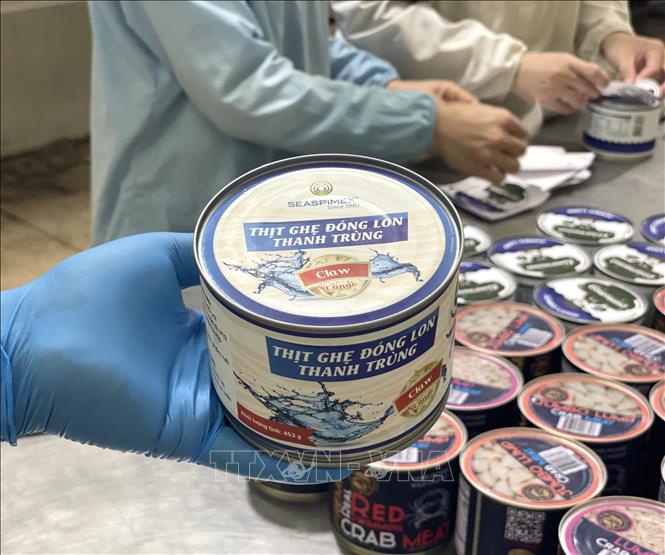
Despite its international quality, Vietnamese seafood is not yet welcomed on the Vietnamese dinner table because of the difficulty in competing on price and the lack of a suitable communication strategy. To reposition the brand at home, seafood businesses need to renew themselves and change their mindset when approaching the market.
International quality is still hard to sell
Without waiting for export fluctuations to remember the "home market", many Vietnamese seafood enterprises have chosen to "go two ways", developing domestically in parallel with exports for many years. Seaspimex Vietnam Seafood Specialty Joint Stock Company is a typical example. Established in 1983, in 1993, the company decided to develop many canned product lines to serve the domestic market such as sardines, herring in tomato sauce, tuna in oil... Over the past 30 years, the growth of domestic market revenue has always reached 20% per year, which is an important channel to help businesses stabilize production and maintain a sustainable development strategy.
According to Ms. Nguyen Kim Hau, General Director of Seaspimex Vietnam Seafood Specialty Joint Stock Company, the profit margin in the domestic market is more attractive than export, the cash flow is quickly recovered and the market potential is large, these are the factors that make businesses persistently conquer the domestic market.
“The domestic market has great potential. We develop quality products, ensuring food safety and hygiene, suitable for the income level of Vietnamese people, sold in all domestic supermarket systems. We are not just stopping at 20%, we are moving towards a 50-50 balance between domestic and export,” said Ms. Hau.
Meanwhile, the Vietnam Association of Seafood Exporters and Producers assessed that the domestic market is not only a temporary measure, but also a pillar parallel to exports, contributing to reducing dependence, enhancing initiative, increasing competitiveness and bringing long-term value to both businesses and consumers. Up to now, most Vietnamese seafood enterprises are conquering the home market through many distribution channels.
However, Vietnamese seafood enterprises not only struggle, but also face many "shocks" on their "home ground", when they have to compete with small-scale establishments that do not meet food safety standards, with differences in quality, safety, and price. "Superior quality, but a 20-30% higher selling price is a difficulty that makes it difficult for many businesses to attract consumers," said Mr. Huynh Minh Tuong, Vice President of the Vietnam Association of Seafood Processors and Exporters (VASEP).
Even the "shrimp king" Minh Phu is "exhausted" by unfair competition. Mr. Le Van Quang, General Director of Minh Phu Seafood Joint Stock Company, shared: Enterprises check antibiotic and microbiological indicators of shrimp brought into the processing plant very carefully, to avoid cross-contamination and losses due to returned goods. Enterprises do not import grade 2 shrimp or shrimp that do not meet standards, but will be collected by traders to sell domestically. The paradox is that enterprises cannot compete with the products they reject, because traders often sell very cheaply. This is a reality that makes international quality products still "lose" at home.
Pressure is surrounding domestic seafood enterprises, because they also have to compete with imported goods. According to the representative of the Ministry of Industry and Trade, the domestic market size is about 1 billion USD, the average consumption per capita is about 40 kg/year, but imported seafood accounts for 40%, partly due to the trend of "foreign" consumption, partly because businesses have not really exploited and developed the right product lines to suit users' tastes. In most modern distribution channels, imported seafood accounts for 30 - 40%, the most consumed are salmon, sapa fish...
Mr. Phan Van Chinh, Deputy Director of the Department of Domestic Market Management and Development ( Ministry of Industry and Trade ) said: "It is time for businesses to change their mindset in approaching the domestic market, not only considering it as a "support" for exports, but also as a target market to proactively research, market, and exploit, in order to rebalance the game at home."
Take the market as the direction for production
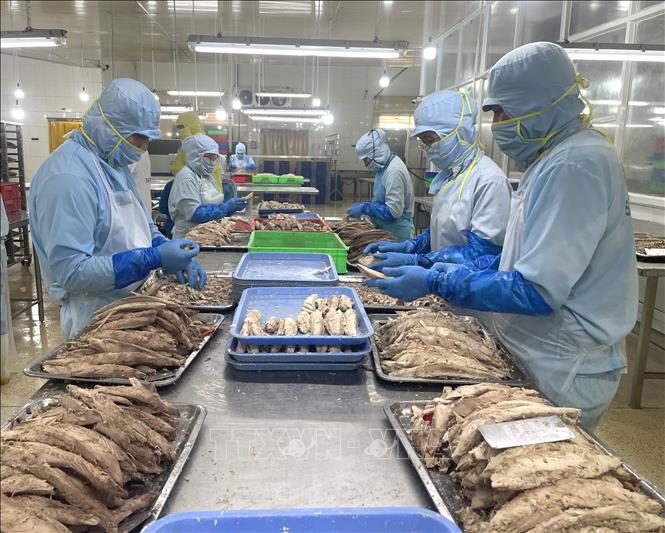
The domestic market is no longer a "lowland" in the development strategy of seafood enterprises, but to survive, enterprises must make more efforts to reposition themselves. Mr. Huynh Minh Tuong, Vice President of the Vietnam Association of Seafood Exporters and Producers (VASEP) analyzed: "Some enterprises are still "neglecting" the domestic market, not focusing resources and solutions to exploit and optimize the market. It is necessary to explain, propagate, and make consumers understand that the quality of frozen goods is no less than, or even better than, fresh goods in the market, because antibiotics and food safety are strictly controlled, and modern technology is applied in processing, then people will be willing to use it."
To conquer domestic consumers, businesses must invest seriously, no less than in the international market, from product research, packaging design, marketing, to developing a suitable distribution system. Ms. Nguyen Kim Hau, General Director of Seaspimex Vietnam Seafood Joint Stock Company, said: "We have entered all modern distribution channels, but for many years the domestic proportion has remained at 20%. Now is the time to renew ourselves, diversify our products to participate in the traditional market, in markets, grocery stores, online channels, and even restaurants and hotels. We are also promoting some high-end products domestically such as canned crab meat, which is very popular in the US, hoping that consumers can enjoy high-end dishes made from domestic ingredients."
Mr. Le Van Quang, General Director of Minh Phu Seafood Joint Stock Company, shared: “To create a difference, we invest in higher-end product lines such as ecological shrimp or using offshore seawater to raise shrimp using new technology. The investment cost is high, the price is high, but the quality of shrimp is very good, anyone who has used it will notice the difference in quality.”
From the perspective of state management, Mr. Phan Van Chinh, Deputy Director of the Department of Domestic Market Management and Development (Ministry of Industry and Trade) said: “Production - consumption and consumption organization are three important stages of the commodity value chain. All three stages are ready, but are still fragmented, not fully promoting the strengths to raise the level of Vietnamese seafood at home. First of all, domestic distribution systems need to give more priority to domestic seafood. Meanwhile, businesses must invest properly in increasing product recognition, designing suitable and eye-catching packaging and labels, and developing products suitable for domestic consumption habits. Businesses must take market demand as the direction for production to be sustainable.”
To win at home, Vietnamese enterprises also need to proactively build a closed value chain from consumption, farming to production, processing, proactively monitoring the entire system, applying transparent technology, tracing the origin of products, having appropriate pricing strategies, creating trust in product quality with consumers. Only then will Vietnamese seafood products no longer be "stranger" at home.
Source: https://doanhnghiepvn.vn/kinh-te/thuy-san-viet-thay-doi-tu-duy-de-chinh-phuc-thi-truong-noi-dia/20250808071712085







![[Photo] General Secretary To Lam and National Assembly Chairman Tran Thanh Man attend the 80th Anniversary of the Traditional Day of the Vietnamese Inspection Sector](https://vphoto.vietnam.vn/thumb/1200x675/vietnam/resource/IMAGE/2025/11/17/1763356362984_a2-bnd-7940-3561-jpg.webp)


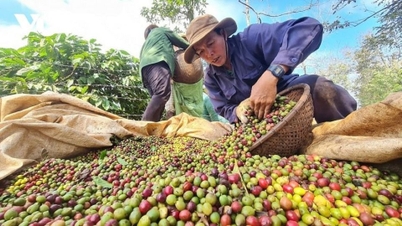




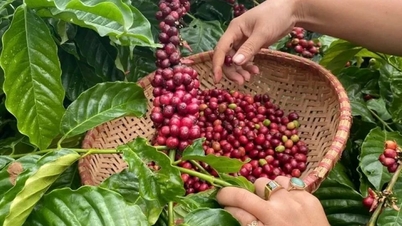
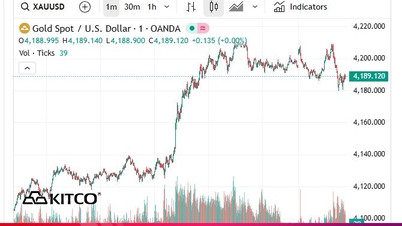




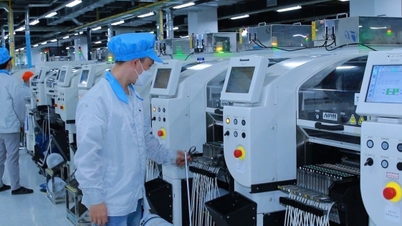





























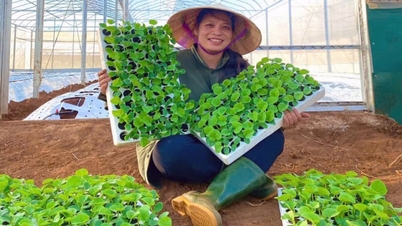











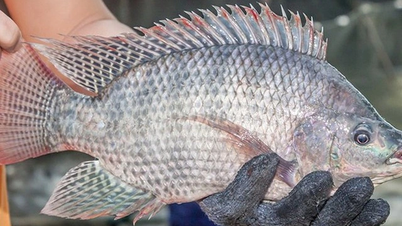






































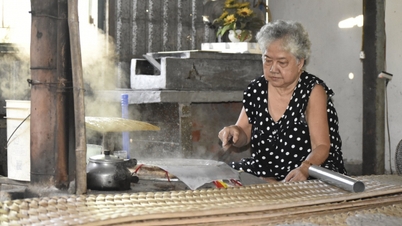











Comment (0)